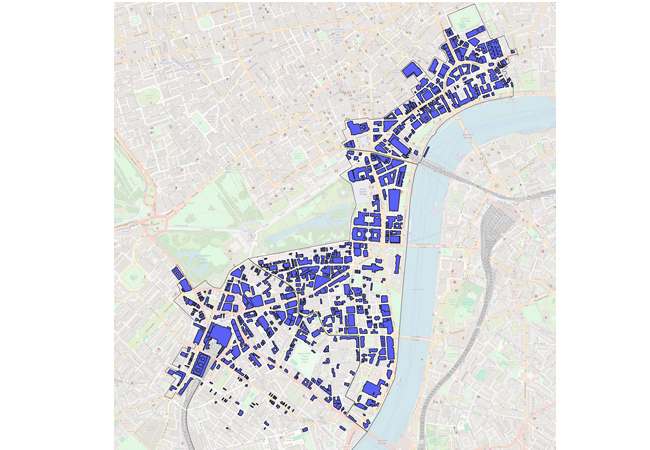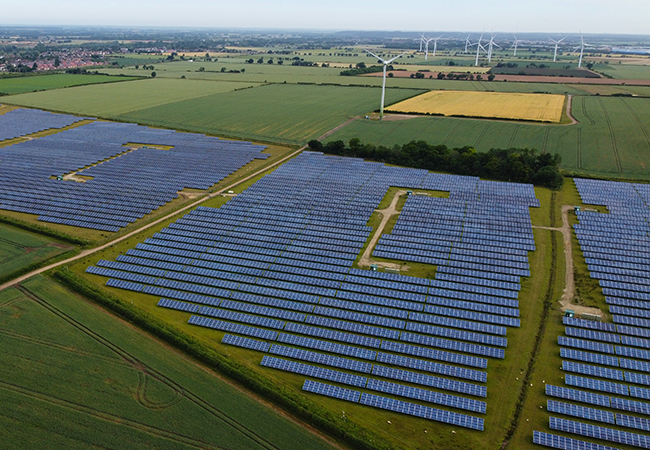Residents in showpiece eco-home projects had increased running costs because of a combination of significant performance gaps and ‘overly complex’ building services designs, a new government-sponsored report has found.
Building for 2050 – which was carried out by consultants Aecom, commissioned by the Department for Business, Energy and Industrial Strategy in 2017 – was published last month.
The study is based on the detailed analysis, from inception to occupancy, of four small-scale, low carbon housing developments in England.
It found that residents in some of the schemes experienced bills ‘significantly higher’ than expected, partly because of a ‘significant’ performance gap between the way the homes were designed and operated. Some ‘overly complex’ building services designs also contributed to the increased running costs, according to the research team, which says ‘simpler’ solutions are likely to perform best in terms of carbon reductions and lower costs.
Another key contributor to higher running costs, however, was the ‘significant difference’ in unit costs between gas and electricity, primarily because of the environmental and social levies on the latter. This difference in unit costs was not negated by the improved efficiency of space heating and hot-water generation, the research found.
While the heat pumps analysed in the case studies were three to four and a half times more energy efficient than gas boilers in the provision of space heating, electricity unit prices were between four and five times higher than gas when the analysis was done in 2022. As a result, living in low carbon homes did not translate to low energy bills for residents, the report finds.
Delivering lower energy costs needs to be a ‘greater focus’ for developers and designers, to ensure the performance gap is closed, the study says. However, performance issues ‘should be avoidable’ at future developments, it adds.
The case studies included the 42-dwelling Marmalade Lane co-housing scheme in Cambridge and the 47-home Etopia Homes private development in Northamptonshire.




